The magic of cinema is intangible and ethereal. Movies inspire us. They teach us how to love. They teach us how to fight for our rights and stand up for ourselves and our community. And most importantly they are responsible for bringing deep-rooted and lasting social changes. But, on the other hand, they are also responsible for fortifying stereotypes and stigma around certain communities and topics. The characters and their portrayal often carve out everlasting memories in our heads. Therefore, it becomes extremely important to give space for true representation to each section of our society.
Indian cinema, especially mainstream cinema, for years has failed to document and correctly represent the experiences of the invisible, marginalized and vulnerable LGBTQI+ community.
From treating the community abominably to very recently trying to create a safe and veracious space especially for the transgender community, Indian cinema has come a long way. From having absolutely no suggestion of LGBTQI+ existence to exposing Indian audiences to an abundance of LGBTQI+ imagery in the last few years, cinema has seen quite an evolution.
Representation of Transgender community
The worst stereotypical representation in the Indian cinema has been of the trans community. This has done nothing but a disservice to its people in terms of reinforcing stereotypes and myths. The film industry has never ceased from promoting two stereotypical representations of the transgender community—either they are demonized to the point of absurdity, a terrifying villain who plays the roles of child molesters, sexual predators; or they are subjected to offensive transphobic humour in comedy genres to elicit laughs. This does nothing but contributes to ‘othering’ and systematic oppression.
Only recently efforts are being made for a sincere and true representation of their experiences where they are given a fair amount of screen time, too.
- Degrading characterization of Trans People in Bollywood
Mahesh Bhatt’s ‘Sadak‘ (1991) has one of the most exasperating depictions of a transwoman in the character of Maharani. This film offers a substantial amount of screen time to the trans character. Therefore, the nefarious villainy depiction of Maharani in the plot— as an evil brothel owner who tortures and traffics young women is a constant reiteration of the worst stereotypes associated with the community.
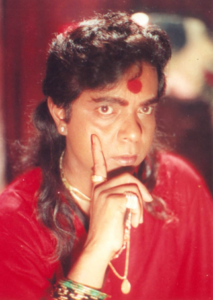
Picture source: Samacharnama. Sadashiv Amrapurkar as Maharani
While comedies like ‘Kya Kool Hain Hum‘ and other movies trademark sexually predatory stereotypes of trans women. The film ‘Masti‘ (2004) bags the award for the most offensive portrayal of the community. Where Riteish Deshmukh is on a date with a trans woman only he has no idea that she is a trans woman. After a while we see that he walks in on her in the bathroom and sees her peeing standing up (thus highlighting the plight of trans women and the issue of public restrooms for their community). Shortly after that, he flees the scene by climbing out of a window as if the very sight of a trans woman is nauseating. He represents those who are not kind enough to treat other humans with kindness irrespective of their gender and sexual identity.
- Some positive representations of the trans community
The 1997 film Tamanna where Tiku (played by Paresh Rawal), a transwoman, who finds an abandoned girl child and decides to raise her. The movie deftly tackles the problems faced by the transgender community (such as discrimination and violence). But, all in vain as it hardly got any mainstream attention.
Nagar Kirtan (2017) is a Bengali film that tells a heartbreaking love story of a trans woman Puti (played by Riddhi Sen) and a cis man (played by Ritwick Chakraborty). The two important themes covered by the movie are – Love knows no bounds and the repercussions of internalized transphobia in our society. The movie is a rare gem as it covers the reality of poor living conditions and the ostracization of trans women in India forcing them into the vicious cycle of poverty. The movie is also a commentary on deep-rooted cisnormativity.
The most recent and raw depiction of a trans character is in the web series ‘Sacred Games’. Trans character Kuckoo (played by Kubbra Sait) is one of the boldest and one of its kind portrayals.
Representation of Queer community
Earlier the term ‘queer’ was used as a homophobic abuse. Recently it has come to be used as an umbrella term for alternate sexual identities apart from the ‘straight’ sexual identity. Queer is a state of mind. It accepts all the unconventional and not so ‘normal’ ways in which people want to express themselves without forgetting, of course, the importance of consent.
Being queer is about believing that sexuality is always in flux and cannot be put into watertight compartments. It is about not believing in binaries like “male” or “female”, or “gay” or “straight”. It believes in alternate gender identities like genderqueer, transgender, and androgynous people to name a few. It believes that everyone has the right to express themselves and be treated as humans irrespective of their way of expression, their sexuality (which is always in flux), and their gender.
The only two movies that I have come across that come close to encapsulating queer experience are ‘Daayra’ and ‘Aligarh’.
‘Daayra‘ (1996) is a film that deals with gender-fluidity, love, and desire. It depicts a transvestite dancer who gets romantically involved with a young girl who was gang-raped so she takes on a male identity. Due to the sensitive themes, it touches upon, the movie was not released in India.
Though the popular notion for ‘Aligarh’ (2015) is that it’s a story about a gay man, I believe that it has a tinge of queer portrayal. The story is about a man, Professor Siras, who is ostracized and treated inhumanly once his sexual preferences are out in the open. First, he is suspended, then he is denied doctor’s appointment, his home’s electricity supply is cut off and these problems don’t seem to end over time. Even though he is caught having sexual relations with another man he persistently refuses to wear tags or labels. When the reporter asks him if he is gay he says “koi meri feeling ko teen aksharo mein kaise sumjha skta hai”. Even a cursory glance at the movie is enough to understand that the movie asks for Professor Siras to be seen as a human being. The storyline asks for awarding him the same constitutional right to life and privacy as anyone else.

Image source: BollywoodMBD
We eventually see him agreeing to be identified as gay after he is suggested so by the activists. This is done to give shape to his case in the future as Queer as a category is relatively elastic in nature. And Queer category has not yet solidified. The movie was passed by the censor board with a few cuts and did not meet with any strong opposition from people except that it was banned in Aligarh by the mayor. The words gay and homosexual were also muted for TV telecasts.
This secrecy around these secret identities should be done away with. These bans and censors will not help in normalizing their lives and their choices.
Representation of LGB community
- Mapping timeline between 1971 – 2004
The movies that had homosexual storylines during this period faced great opposition either from the Central Board of Film Certification (CBFC) or from the people who called homosexuality as ‘deviant’ in nature and declared that these acts were against the Indian culture. This was ironic considering the mention of homosexuality in Hinduism and Khajuraho temples depicting homosexual activities in the form of erotic sculptures.
1971 – All this was averting the representation of the voices of the community in the mainstream cinema. But, the representation started with Badnam Basti (1971). It can be hailed as the first movie that manifested homosexuality. ‘Badnam Basti’ is a film based on Kmaleshwar Prasad Saxena’s novel ‘Badnam Basti’ (now re-titled as Ek Sadak Sattavan Galiyan).
Set in the city of Mainpuri in Uttar Pradesh, the film captures love in raw and pure form through love triangle between Bansari (played by Nandita Thakur), Sarnam Singh (played by Nitin Sethi) and Shivraj (played by Amar Kakkad). This film is way ahead of its time considering its ridicule free depiction of homosexual and bisexual relations. The movie is also radical as it depicts homosexuality at a time when it was not decriminalized in India.
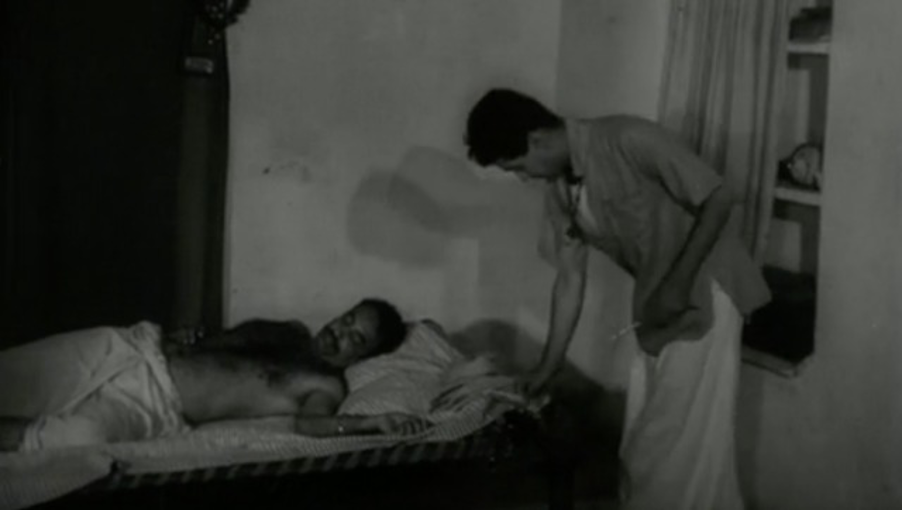
Image source: Firstpost. Stills from Badnam Basti
The movie ‘normalizes’ homosexual intimacy through its suggestive dialogues and scenes. There is an absence of intimate sexual scenes even though the novel has passages of intimacy between the two men. Maybe this was done to avoid censure.
For example – in the book, a passage describes an intimate moment between the two men: “When Shivraj woke up in the morning, he found Sarnam lying with him in his cot. His hand was resting on Shivraj’s chest. It was nothing new for Shivraj and Shivraj should have got accustomed to it by now.”
Whereas in the film the two men are not shown sharing a bed instead, Shivraj is shown standing in the room, looking at the naked torso of Sarnam lying asleep.
The movie beautifully highlights the fluid nature of sexuality. Love knows no bounds – is the central theme of the movie, where love goes beyond the gender constructs and the professions of the people. Even today sex workers are ostracized in films, but in this movie, Sarnam Singh can be seen falling for Banarsi who is a sex worker.
1996 – Then, Riyad Wadia’s ‘BomGay’ (1996), contributes more to the homosexual identity.
‘Fire’ (1996) is an important movie in the history of Bollywood. It highlights the suppression of a woman’s sexuality, desires, and denial of agency over her own body by patriarchy.
It is loosely based on Ismat Chughtai’s 1942 story, called ‘Lihaaf’ (The Quilt). It revolves around the relationship between two women, namely Sita (played by Nandita Das) and Radha (played by Shabana Azmi). Sita is married to Jatin (played by Javed Jaffery) who has a mistress and Radha, a ‘barren’ woman who is married to Ashok (Kulbhushan Kharbanda) who chooses celibacy. They are unhappy in their respective married lives and they eventually develop intimate passionate sexual relations with each other and start exploring their desires.
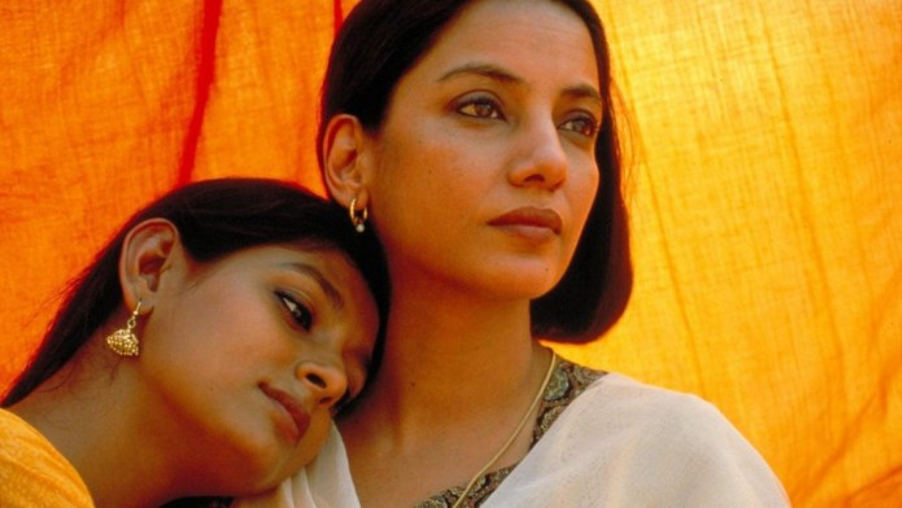
Image source: Mubi. Left to right: Sita (Nandita Das) and Radha (Shabana Azmi)
2002 – 2003 – Mahesh Dattani’s ‘Mango Souffle’ (2002) and Sridhar Rangayan’s ‘Gulabi Aaina’ (2003). These films were neither a part of the mainstream nor were they perceived well by society.
In 1996 the theatres screening ‘Fire’ were vandalized and the CBFC had banned ‘Gulabi Aaina’ in 2003, calling it ‘vulgar and offensive’.
- Mapping timeline after 2005
2005 – The first film about a gay man that captured the attention of the mainstream was Onir’s ‘My Brother Nikhil’ (2005). The film, not only does justice to the homosexual representation, it also unearths the grave problems faced by the community like AIDS.
2007 – ‘Dostana’ (2007) I believe was a lot opportunity for starting much needed conversations around the topic. It remained homophobic till the end and used such an important platform to lampoon alternate sexualities.
2015 – 2020 – With the passage of time LGB got its due and much needed representation in the mainstream. ‘Margarita with a Straw’ (2015) saw Kalki Koechlin play a girl with cerebral palsy exploring her bisexuality. Gay character played by Fawad Khan in ‘Kapoor & Sons’ can be seen as a positive contribution to the imagery of homosexuality. ‘Evening Shadows’ (2018) is an emotional story of a mother coming to terms with her son’s sexuality.
The three path breaking representation has been in ‘Ek Ladki Ko Dekha To Asia Laga’ (2019), Made In Heaven (2019) and Shubh Magal Zyada Saavdhaan (2020). ‘Ek Ladki Ko Dekha To Asia Laga’ (2019) is a movie where a small-town lesbian girl comes out to her traditional family. ‘Shubh Magal Zyada Savdhaan’ (2020) beautifully captures the love between Kartik (played by Ayushamann Khurana) and Aman (played by Jitendra kumar). The only issue with the movie is that it gives a lot of attention to social acceptance of same sex relations. Especially the focus on getting accepted for who they are by parents is a little regressive. Of course, the community wants their family to accept them for who they are. But not being embraced for your choices even by your loved ones should not necessarily drive you into changing your choices.
‘Made in Heaven’, I think, is the most important piece as it marks the transition in not only the on screen representation but also how these representations are perceived by the society. It has explicit and vivid encapsulation of intimate sex scenes between gay men which has not been captured before. This is in contrast with the depiction of homosexual relations in the ‘Badnam Basti’ (1971). Thus, underpinning the growth and trajectory of portrayal of alternate sexual identities and their desires on Indian cinema.
About the author
Praharshi Saxena belives in keeping the values of humanity, love and equality above everything else. She is not afraid to confront the internalized patriarchy and gender roles. When she isn’t fighting the oppressive concept of ‘normal’ she can be found dancing, watching movies or reading about politics and feminism.

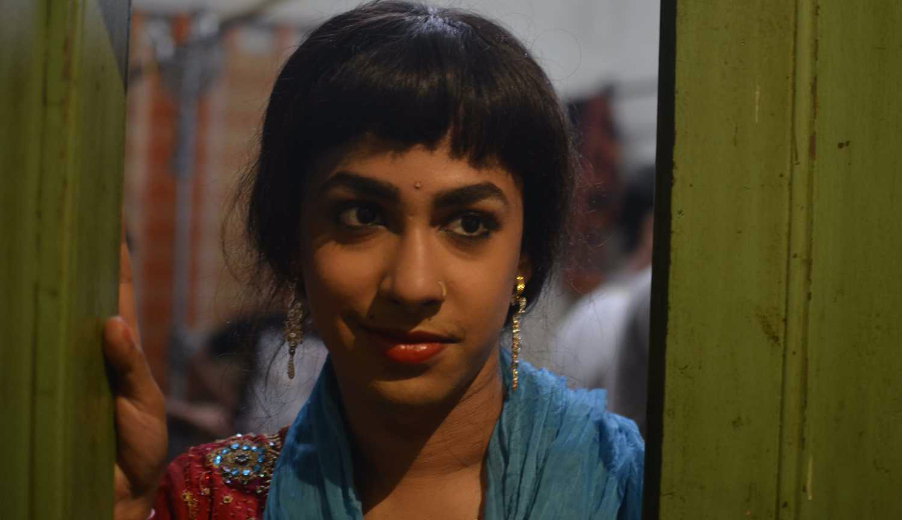
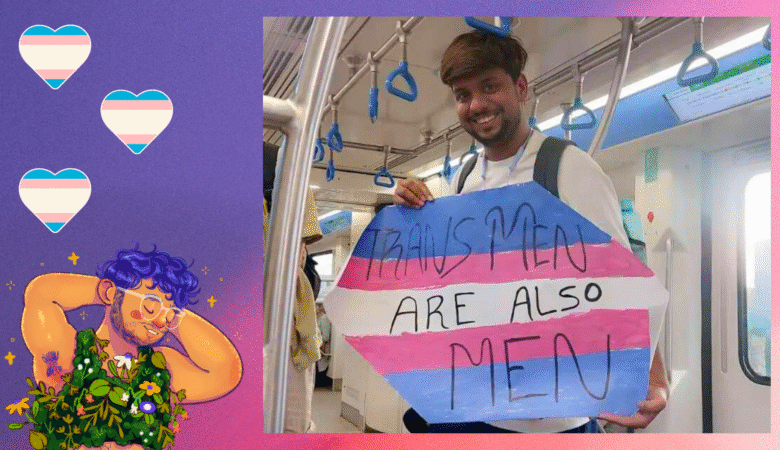

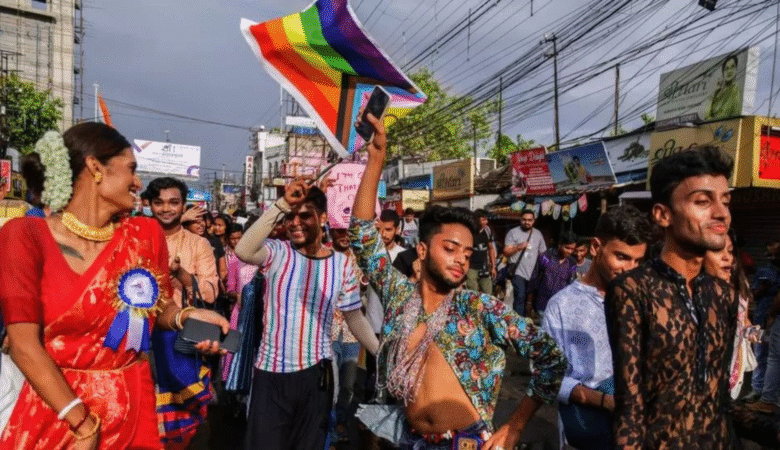

Great article especially since Cinema shapes the society. I remember growing up when I say gay men being a butt (pun intended) of jokes in the movies and portrayed regressively, I was scared of coming out fearing the ridicule. With film production houses becoming more sensitive and responsible, this is changing now.
Soo soo beautifully written praharshi💯….. How indian cinema has depicted the change and also influenced us and our thought process in soo any ways .
Amazing❤️
Keep up the good work girlllllllllllllllllll💕
Your Article was written will and I understand.
A really informative and enlightening article.
Awesome
Superb job .. Now a days cinema play an important role to change Our mentality in many ways…
Its Amazing🖤
It’s commendable praharshi 👏👏
Amazing as always 🤟🏻
Great article
Your writings are wonderful di…. You always bring some informative and interesting stuffs…. Love to read them 😍😍
🖐️👋👋👋it’s too good praharshi
Keep it up and God bless you
👋👋👋keep it up and God bless you it’s too good